Considerations and advice for school leaders, early years, childcare managers and practitioners.
In this blog we have taken a number of recent announcements and advice provided by the Government (UK) to inform this document and to provide those working in the early years and schools sector with some important information and support when considering safeguarding and child protection arrangements during the COVID 19 period.
The basis of this information, although adapted, is taken from the coronavirus (COVID 19) Safeguarding in schools, colleges and other providers publication by the Department for Education released on the 27th March 2020. We have also referenced DfE guidance provided through the Governments rolling updates on coronavirus (COVID 19): early years and childcare closures published in the 24th March 2020. In addition we have included information from Public Health England (PHE) on lowering the risks of infection, plus directives from the Health and Safety Executive (HSE) in regard to paediatric first aid training. Added to this, we have featured advice for supporting children’s mental health provided through the Government’s Guidance for parents and carers on supporting children and young people’s mental health and wellbeing during the coronavirus COVID 19 outbreak published on the 30th March 2020. We think that we have covered a lot of ground and helped to put the important information about safeguarding and protecting children and young people in one place for easy access that provides a relevant summary for the children’s workforce during these challenging times.
Please note that advice and updates are constantly provided by Government and you should endeavour to follow any on-going changes and direction from this source. Here’s the link to the Ofsted: coronavirus (COVID 19) rolling update.
https://www.gov.uk/guidance/ofsted-coronavirus-covid-19-rolling-update#contents
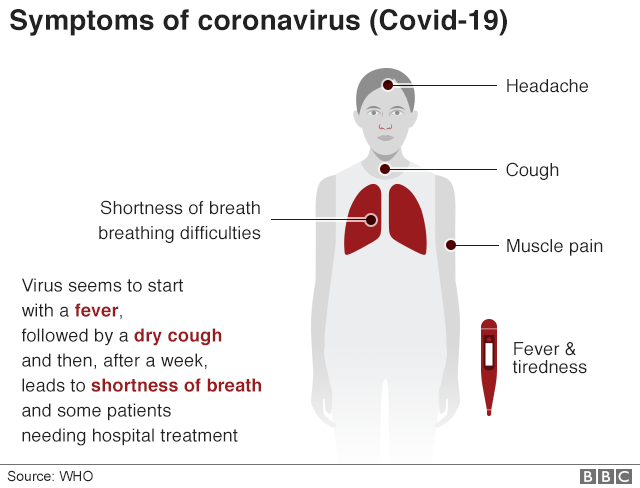
Legislative frameworks and Government guidance.
During this period of time it is vital that legislative requirements continue to be met and that Government guidance is adhered to. Schools will continue to adhere to and follow the principles as set out in the Keeping Children Safe in Education (KCSIE). Early years providers will continue to meet the requirements of the Early Years Foundation Stage (EYFS). We will take a look at some of the recent additional elements as directed by the DfE in relation to the EYFS and paediatric first aid training in this blog.
Safeguarding principles
Our safeguarding principles must remain focused on the following:
- Children, their well-being and safety is paramount at all times and we continue to adopt child centred practice in our schools and settings
- Any concerns about a child or young persons welfare should be acted upon immediately in keeping with effective safeguarding policies and procedures
- There should always be a designated safeguarding lead (DSL) or deputy available at all times
- It is important that unsuitable people do not enter the children’s workforce and have access to children
- Children should always be protected when they are on-line
Leaders should of course maintain a culture of safeguarding across their organisations and undertake their role to lead and manage safe and protective practice for children and young people.
Child protection policy (revision)
Child protection policies should reflect accurately any new arrangements in response to COVID 19. Government guidance suggest it is a good idea to add a COVID 19 annex to existing policies to capture important and relevant information that becomes part of your policy. The Designated Safeguarding Lead (DSL) should make sure that this is reviewed and adapted as a when changes occur. A revised child protection policy should reflect:
- any updated advice received from the local 3 safeguarding partners
- any updated advice received from local authorities regarding children with education, health and care (EHC) plans, the local authority designated officer and children’s social care, reporting mechanisms, referral thresholds and children in need
- what staff and volunteers should do if they have any concerns about a child
- the continued importance of all staff and volunteers acting and acting immediately on any safeguarding concerns
- DSL and deputy arrangements. Considering changes in personnel (where relevant) Are named person(s) identified and details of how they can be contacted noted and communicated?
- the continued importance for school and early years staff to work with and support children’s social workers. For schools this will include the local authority virtual school head (VSH) for looked-after and previously looked-after children
- peer on peer abuse – given the very different circumstances that schools and are operating in a revised process may be required for managing any report of such abuse and supporting victims. For schools (these principles as set out in part 5 of KCSIE should continue to inform any revised approach)
- what staff and volunteers should do if they have concerns about a staff member or volunteer who may pose a safeguarding risk to children
- any arrangements to support children for whom you are concerned either in school or an early years setting who do not meet the ‘vulnerable’ definition
- what arrangements are in place to keep children not physically attending the school or setting safe, especially online and how concerns about these children should be progressed
It is important that everyone sees and understands the revised policy. This includes staff, volunteers and parents. You may wish to publish on your settings website. Schools have a specific responsibility and requirement to do so.
Designated safeguarding leads
Schools
All designated safeguarding lead’s (DSL’s) should have received training in order to undertake their role. In addition to this the ‘optimal scenario’ is that they are available on site. Given the current situation it is recognised that this may not be possible. The Government guidance taken from the coronavirus (COVID 19) Safeguarding in schools, colleges and other providers states that:
- a trained DSL or deputy from the school or college can be available to be contacted via phone or online video – for example working from home
- sharing trained DSLs or deputies with other schools or colleges (who should be available to be contacted via phone or online video) is another viable option
The Department for Education recommend that for schools where a trained DSL is not on site they choose a member of the senior leadership team to take on the responsibility of ‘coordinating safeguarding on site’. Roles in this capacity may include:
- Updating and managing access to child protection files
- Liaising with the off site DSL or deputy
Early years providers
The Early Years Foundation Stage (EYFS) it states that a DSL must have attended child protection training and that their role enables and supports staff to recognise signs of possible abuse and neglect and to respond appropriately in a timely manner.
During the COVID 19 pandemic, considerations for early years practitioners in regard to safeguarding and child protection should include:
- Communication to all staff of any changes to arrangements for the named DSL in the event of staff absence or illness
- A coordinated approach that provides compliant and effective information sharing for children who may move to other settings, including cross border / LA social care details and arrangements (see more below)
- Effective safeguarding systems that work across more than one setting should settings merge
- Revision of policies and any changes or details of changes are communicated with all staff, volunteers and parents
It is important that all settings have access to a DSL at all times. The roles of DSL’s continue to involve supporting other staff (where relevant, single childminders are the exception) and also liaising with children’s social workers where they require access to children in need and/or to carry out statutory assessments as and when required.
Working with and supporting vulnerable children
The Government has published a definition what they consider to be a vulnerable child during the COVID 19 crisis. Vulnerable children therefore include those who have a social worker and those children and young people up to the age of 25 with plans. We know that not all vulnerable children will have statutory inventions in place already to determine this level of vulnerability. Increased risks for children will need to considered as a result of them being at home more frequently and because for some, they will not have the usual support from yourselves who are, teachers, practitioners support staff in schools and settings in general. Children and families will not have the same access to community provisions and support networks. As a result of isolation, children are more at risk regarding all categories of abuse and neglect but especially in relation to domestic abuse, child criminal exploitation and on-line dangers. Knowledge of children who are at risk or children whose welfare is compromised must always be acted upon and referred to the appropriate services for timely interventions. Working closely and liaising with multi-agency partners is extremely important especially during the COVID 19 period.
Children’s attendance
Any children for whom attendance at school or early years provision has been agreed, must be monitored. If those children identified as vulnerable yet are not attending, their absence should be followed up with parents and reported to the child’s social worker.
It is important that parents make clear the correct and most up-to-date information for emergency contact details to the school and / or early years provision. Additional emergency contact numbers should be sought and arrangements agreed.
Schools
The Department for education has introduced a daily on-line record sheet to keep a record of children of critical workers and vulnerable children who are attending school. This will provide a record of attendance for safeguarding purposes and will also allow schools to provide accurate data to the department on the number of children taking up places. The link to this record sheet can be accessed here:
Early Years Settings
If a child that is eligible to attend an early years setting as a result of them being identified as vulnerable, non attendance should be responded to and monitored. Settings should:
- Contact the child’s parents to establish the reasons for non-attendance
- Contact the child’s social worker or key workers and partners working with them externally to your setting
- Record accurately responses from parents and conversations, advice and actions from other professionals with whom you liaise such as social workers. These records will form an important chronology of events, circumstances and decision making processes taking during the COVID 19 period.
Some Local Authorities are requesting data from early years settings who are supporting vulnerable children. You will need to seek advice from your LA about this arrangement and if you are required to engage with them in this way.
Training, CPD, staff induction
Safeguarding
All staff should have received safeguarding training and are kept up-to-date with new child protection information and developments. School staff will have read part one of Keeping Children Safe in Education (KCSIE). Staff should be made aware of any new local arrangements so that they know what to do if they are worried about a child or young person.
New staff or volunteers should continue to be provided with a safeguarding induction. They should be shown an updated policy (as described above).
If staff move to other schools or settings, it is for the receiving school or setting to determine the level of induction that the member of staff requires. Assuming that the existing member of staff has received safeguarding training, they will also require a copy of the receiving setting’s child protection policy and confirmation of local processes and confirmation of DSL arrangements.
Paediatric First Aid
If you have a paediatric first aid certificate that is due to expire and cannot access training currently to renew your certificate, you may want to take note that the DfE have provided guidance through their Government rolling updates on COVID 19 about new rules for mandatory first aid training.
A three month extension to the validity for all certificates coming up for renewal on or after 16th March 2020 has been announced until further notice. The document draws upon further guidance from the Health and Safety Executive (HSE) on these measures during exceptional circumstances.
Given that all routine Ofsted inspections are currently on hold until further notice, certificates will therefore not be seen as part of inspection activity. Once regulatory inspections return to normal Ofsted will want to see that all arrangements have been made that enable the requirements of the EYFS to be met. It is good practice for staff to maintain knowledge and skills on the key elements of first aid in between the 3 year training cycle.
Infection control and effective hygiene practices
The main features of effective infection control remain in place and most are aware of these measures to reduce the spread of COVID 19. Children should be encouraged to follow effective procedures that are modelled by adults. These include:
- Frequent handwashing for no less than 20 seconds
- Frequently clean and disinfect objects and surfaces that are touched regularly, using your standard cleaning products
- Practicing social distancing and where possible stay at home!
Advice for educational settings from Public Health England on reducing infection of COVID 19 can be found on the PHE website.
https://www.gov.uk/government/publications/guidance-to-educational-settings-about-covid-19
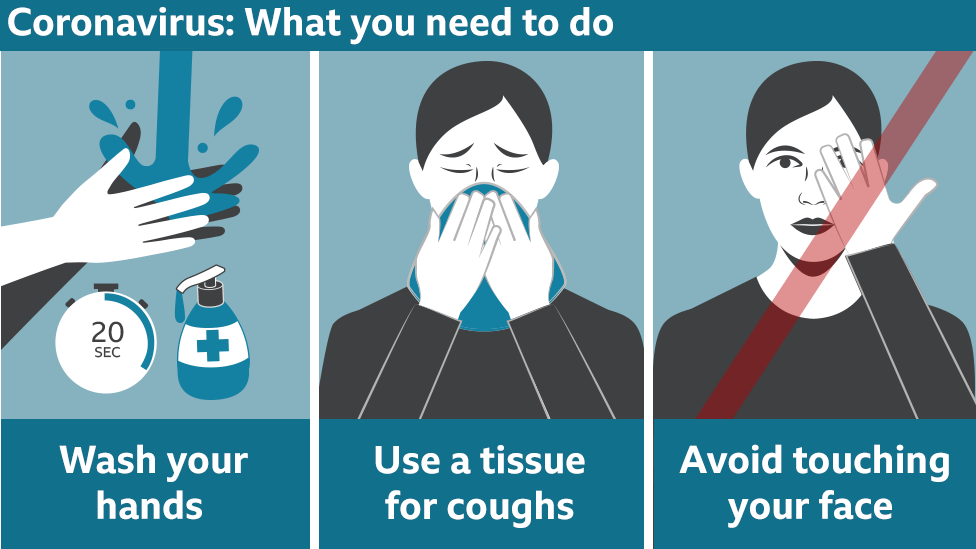
Children moving to other schools or early years settings
It is vitally important that receiving schools or settings have relevant welfare and child protection information about a child coming to them from another setting.
For looked-after children (schools only) any change in school should be led and managed by the virtual head teacher (VHT) with responsibility for the child.
The receiving setting should be aware of the reason the child is vulnerable and any arrangements in place to support them. Other important information for the receiving setting should;
- as appropriate have access to a vulnerable child’s EHC plan
- child in need plan
- child protection plan
- for looked-after children, their personal education plan and know who the child’s social worker (and, for looked-after children in schools who the responsible VSH is)
Information about a vulnerable child is usually shared with and managed by the DSL. If this is not possible during the COVID 19 period a member of the senior leadership team in school (SLT) can take responsibility for these arrangements.
Information sharing
Whilst schools and early years settings must continue to have appropriate regard to data protection and GDPR they do not prevent the sharing of information for the purposes of keeping children safe.
It may be that some vulnerable children moving to another setting will be known to Local Authorities with whom the receiving setting has not worked with before. It is important that DSL’s familiarise themselves with these LA’s thresholds / continuum of need and guidance’s and are aware of their bespoke arrangements for child protection.
Safe recruitment, volunteers, movement of staff across more that one setting / schools
It remains essential that people who are unsuitable are not allowed to enter the children’s workforce or gain access to children. Some schools and settings may be taking new staff and volunteers on to support during this crisis. It is vitally important that safe recruitment processes are followed and adhered to. In response to COVID-19, the Disclosure and Barring Service (DBS) has made changes to its guidance on standard and enhanced DBS ID checking to minimise the need for face-to-face contact. The link to this document can be found here: https://www.gov.uk/government/news/covid-19-changes-to-dbs-id-checking-guidelines
Settings should continue to follow checking and risk assessment processes. For schools this can be found in the KCSIE document.
No volunteer that has not be checked should be allowed to unsupervised or undertake any regulated activity with a child.
For members of the workforce who move to other schools or across early years settings within their own organisations there is no expectation for another DBS check to be undertaken. The same principle applies if childcare workers move to work temporarily in a school setting.
Schools and early years settings must continue to follow their legal duty to refer to the DBS anyone who has harmed or poses a risk of harm to a child or vulnerable adult.
Schools are still required to maintain the single central record (SCR) for all staff and volunteers working within the school. Early years settings will be expected to maintain records of all staff and volunteers working with them and continue to manage staff’s ongoing suitability to work with children.
Mental health
It is clear that during this difficult time children are understandably anxious and worried. The Government has produced a document specifically to children’s mental health and wellbeing. This publication ‘Government’s Guidance for parents and carers on supporting children and young people’s mental health and wellbeing during the coronavirus COVID 19 outbreak’ has a number of principles to consider.
- How children and young people react can vary depending on their age
- Some children will show stress and anxiety straight away, some will react later
- Negative reactions may include worrying thoughts about their health or that of family and friends, fear, avoidance, problems sleeping, or physical symptoms such as stomach ache
- When adults can stay calm and confident they can best support children and young people
Here are some considerations from the Government document to help children and young people cope with stress.
- Listen and acknowledge – Given that children will respond and react differently, be aware that this will show in a number of ways. This could be demonstrated through emotions and behaviours. Emotions may display as being distressed, anxious and upset (tearful) or anger. Children may have a significant change in behaviour and they become more clingy or withdrawn. Children will feel less anxious when they can communicate and express their feelings in a safe environment and with people whom they can trust and love. Listen to children, acknowledge their concerns and show them extra attention during times of stress.
- Provide clear information about the situation – It is important to talk openly and honestly about what is happening with children and to answer their questions as best as you can. Explain what is being done to keep them safe and well. Even though we may not have all of the answers it is most important to keep listening and acknowledging their worries and concerns.
- Be aware of your own reactions – Children will look to important and relevant adults in their lives and to take from them their ‘emotional cues’. It is important that adults stay calm and try to manage their own emotions.
- Connect regularly – Some children during the COVID 19 crisis will find themselves in locations that are different than usual for example staying at home, in hospital or other locations. It important for them to be in regular contact with those important adults in their lives. Make time for frequent contact via phone calls or on-line video calls.
- Create a new routine – Routines provide children with an increased feeling of safety especially when things are significantly changing around them. Children who are not in school or nursery can feel displaced as they take on new routines each day. Think about how the changes can be adapted to create new routines taking into account times for play, learning and relaxing. Sufficient sleep and exercise for children is particularly important during this period of time also.
- Limit exposure to media and speak and talk about what they have seen – So much media attention on COVID 19 is currently taking over our TV and social media content. Think about how much of this children are exposed to and consider limiting or not viewing these things when they are present. If children are worried about what they have seen on TV or heard about on social media, encourage them to talk to you about this.
The full Government document is a great share with parents and carers of children at this worrying time and has other website links for them to access further should they wish. Here is the link:
Children and on-line safety away from schools and early years settings
It is important that staff continue to be aware of potential abuse of children online. They should continue to look out for signs a child may be at risk. Any such concerns should be dealt with by following the settings child protection policy and where appropriate referrals should still be made to children’s social care and as required the police.
Schools and early years settings should ensure any use of online learning tools and systems is in line with privacy and data protection/GDPR requirements.
Supporting parents to manage their child’s on-line safety could be something that schools and settings will continue to support. There are a number of on-line resources and organisations to sign post parents to that will enable them to make the home and outside of school / nursery a safe place for their children to engage safely in on-line activities. The full document ‘coronavirus (COVID 19) Safeguarding in schools, colleges and other providers’ has a number of links to websites for parents to access in order to find out more about on-line safety.
We hope that you have found this blog helpful and useful. We have aimed to put some of the many important documents and messages currently required succinctly and effectively in one place for you.
Health and Safety Solutions – Early Years Hub have a number of on-line resources and courses that you may wish to access remotely during this time. We are also busy preparing some essential CPD bundles that will support you with paediatric first aid refresher training and safeguarding CPD packages that will be helpful for schools, early years settings including childminders. This will offer staff up to date knowledge and essential skills that contribute to their CPD over the coming months. It will also provide evidence for Ofsted who are expecting that staff remain up-to-date with relevant mandatory safeguarding and child protection CPD.
All of this can be found on our website www.earlyyearshub.co.uk
Stay safe – from all of us at Health and Safety Solutions (NW) Ltd – Early Years Hub.

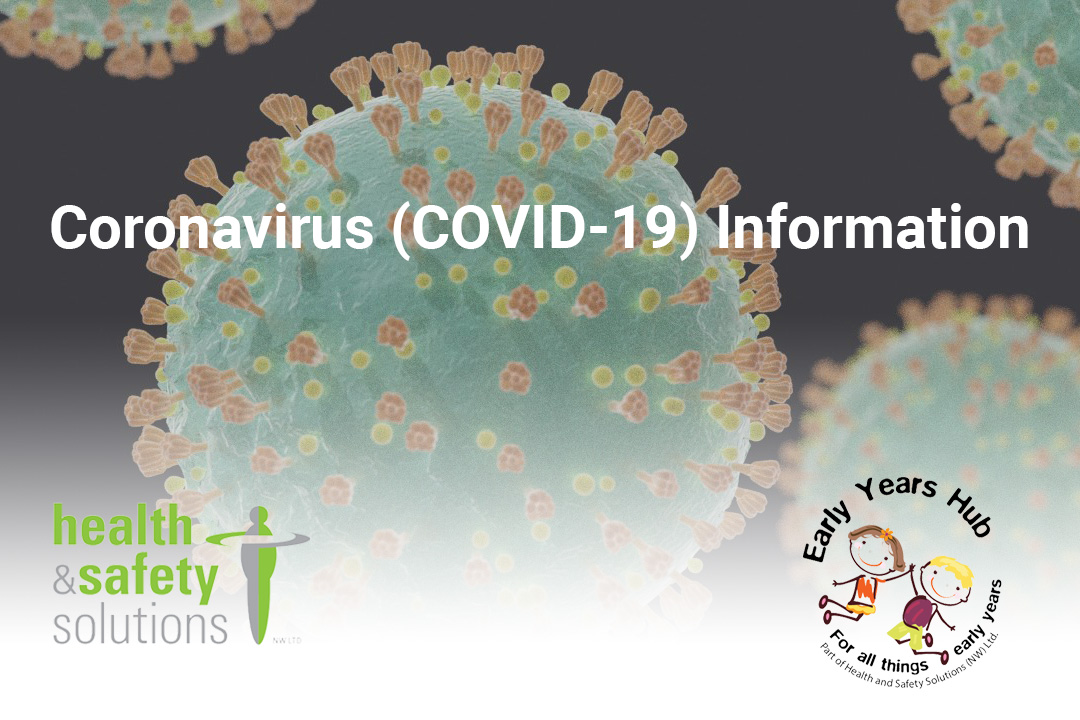

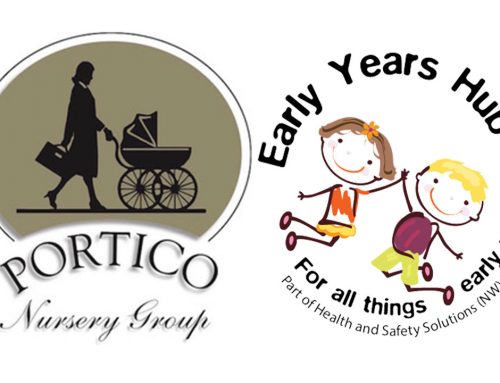
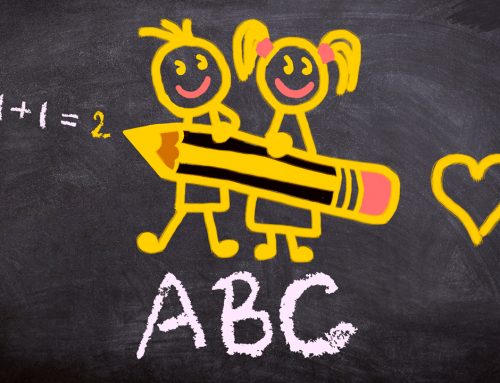
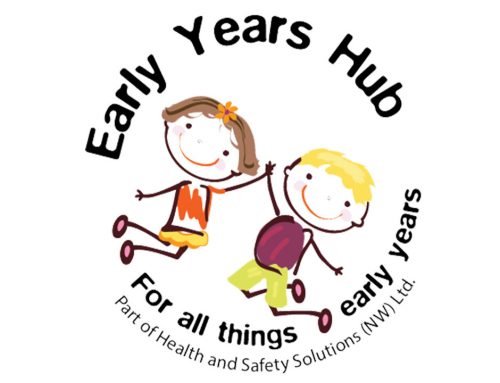
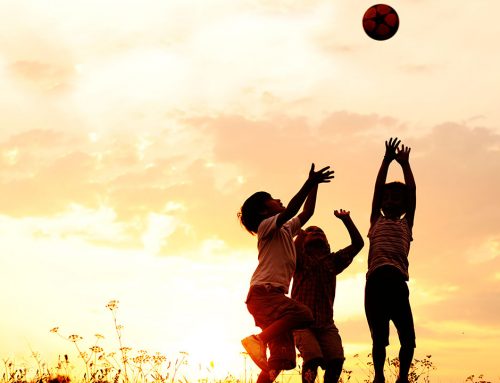




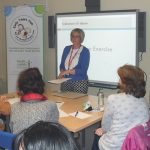
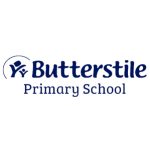




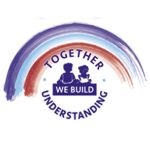

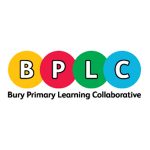
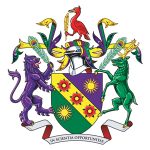

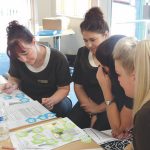
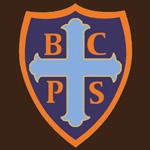
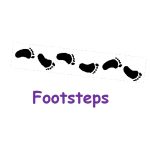
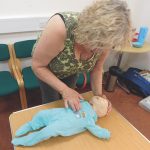
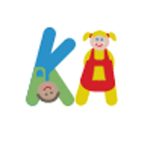
A great course and very informative